Ahhh Spring! In the St. Petersburg area it means beautiful days sans high humidity. It’s a fabulous time of year – everything is blooming and the days are long. It also happens to be the very best time of year to sell your home. If you’re thinking of moving….. then you might want to get moving! Perhaps you’re a bit hesitant. After all, if there are more homes on the market will you have to sacrifice price to sell yours? As always, we’re about facts and figures. Read on as we break it down so you can make an informed decision.
It’s High Season
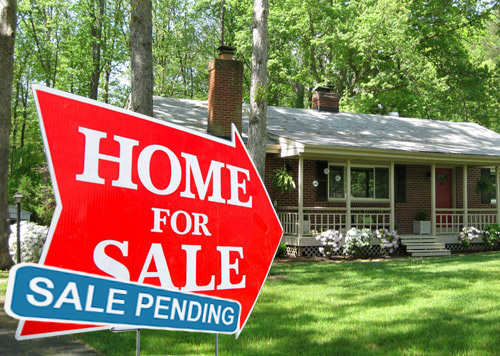
Have you ever planned a vacation during “peak” or “high” season? If so, you know you know you’re going to pay a big up-charge for the same hotel room you could have stayed in two months earlier for half the price. How can hotels, cruise lines and more get away with this? Easy… most people can’t go on Spring Break in January. Many people aren’t interested in celebrating Christmas vacation in October. You get the idea. So, if you want to get a deal, you plan your trip in January or October… if you want to go at the same time as everyone else you’ll have to pay the higher fee to get what you want.
Real estate works the same way. Sure, there are homes that sell in October and January but the market notoriously starts heating up in March and by May you’re in high season. When buyers look in the off-season they’re often hunting for a deal. There aren’t as many buyers in the market and a seller might have to make concessions they normally would not have to make. Now, this certainly isn’t true in every situation and there are always exceptions but it tends to hold true here in the Bay area.
As always, the proof is in the pudding. The Tampa Bay Times reports that Bay area home prices are up 11% in March. In fact, the article states that there aren’t enough homes on the market for the number of buyers wanting to make a purchase.
“As evidence of the huge demand for single-family homes, the median time from listing to contract in Pinellas was just 31 days in March.”
Supply and Demand Economics
We’re going back to high school for a moment here. Good old fashioned supply vs. demand. It’s as simple as it is true. There are more people looking for homes to buy than there is inventory to support them. In fact, RealtyTrac, a leading provider of comprehensive U.S. housing and property data, including nationwide parcel-level records for more than 130 million U.S. properties, says March 2016 saw the highest home price gains since December 2007.
Curb Appeal
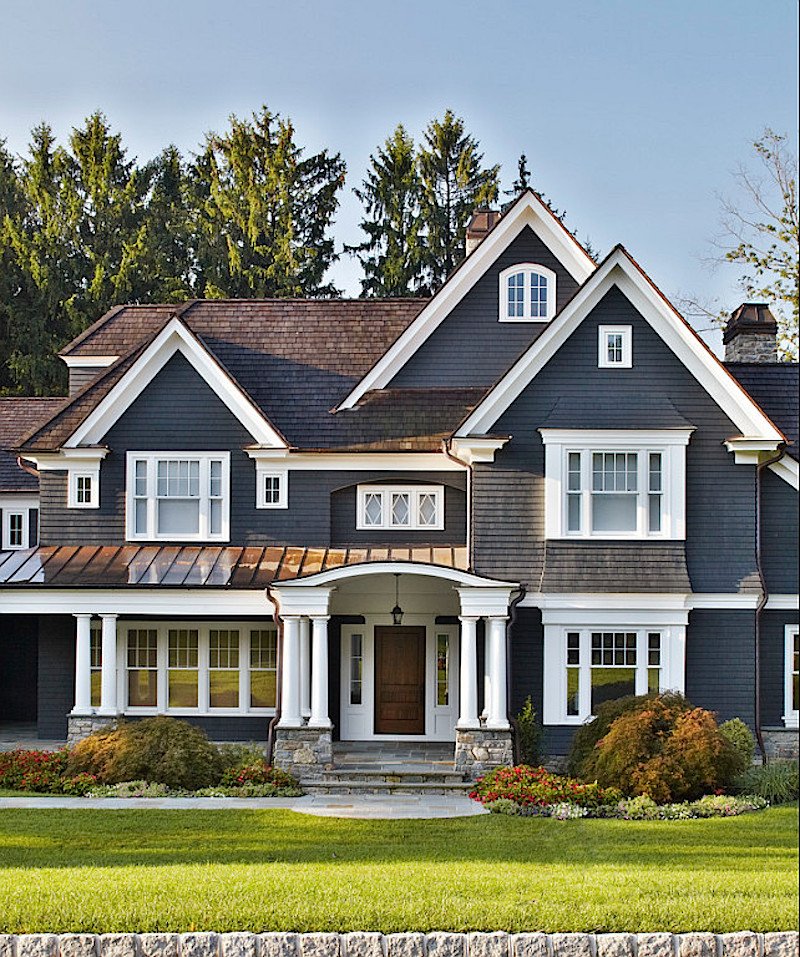
When you decide to list your home on the market you know there’s a whole checklist of items you’ll need to make sure are absolutely perfect. Here’s where Mother Nature helps us all a bit. Look at the grass outside your front door. See how green it is? Yep, that’s a selling point. Now, look at your shrubs… are they blooming? Yep, another selling point. Let’s face it, your house will look its absolute best when the sun is shining, the grass is green and lush, the pool looks cool and refreshing, and the flowers are in bloom spreading color everywhere. The fact that it stays lighter longer only helps your cause even more.
Did we mention Uncle Sam?
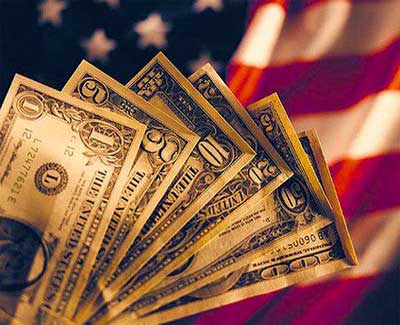
Another bonus to listing your home in the spring is Uncle Sam. No, there are no additional tax perks for you per se but think about it… many potential buyers are walking around with tax refund checks they’re hoping to spend on that new home. It’s a little boost in income and optimism. You can capitalize on it when you list your house in the spring.
The numbers please…
According to RealtyTrac, here are the numbers for homes in Tampa and below you’ll find a chart for the rest of the Bay area.
Home sales for February 2016 were up 113% compared with the previous month, and up 12%compared with a year ago. The median sales price of a non-distressed home was $158,000. The median sales price of a foreclosure home was $90,000, or 43% lower than non-distressed home sales.
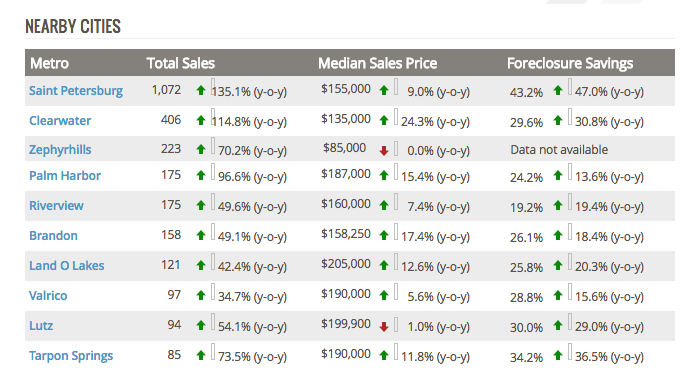
Ready to list… Consider this
Time Magazine offers this little helpful hint when you’ve made the decision to list your home. It has to do with how to price it. You know when you’re at the store and that top you want is $49.99? You justify it to yourself as $40 bucks. We’re all guilty of seeing what we want to see. It turns out buyers go through the same thing:
“Don’t price your house with a zero at the end. Studies show that people perceive a precise price, such as $282,284, as lower than rounded ones, such as $280,000, even when the rounded prices are actually lower. Real-life sales show that one zero at the end of an asking price lowers the final sale price by .72% and two zeros lower it by .73%. That may not sound like much, but it can add up to thousands of dollars.”
If you would like a comparative market analysis of your home by one of our real estate experts please give us a call today!

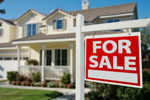

Leave a Reply